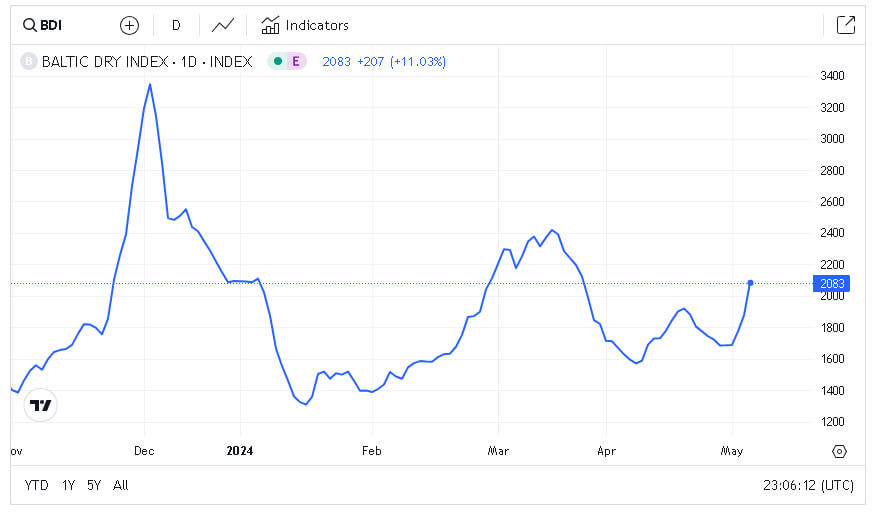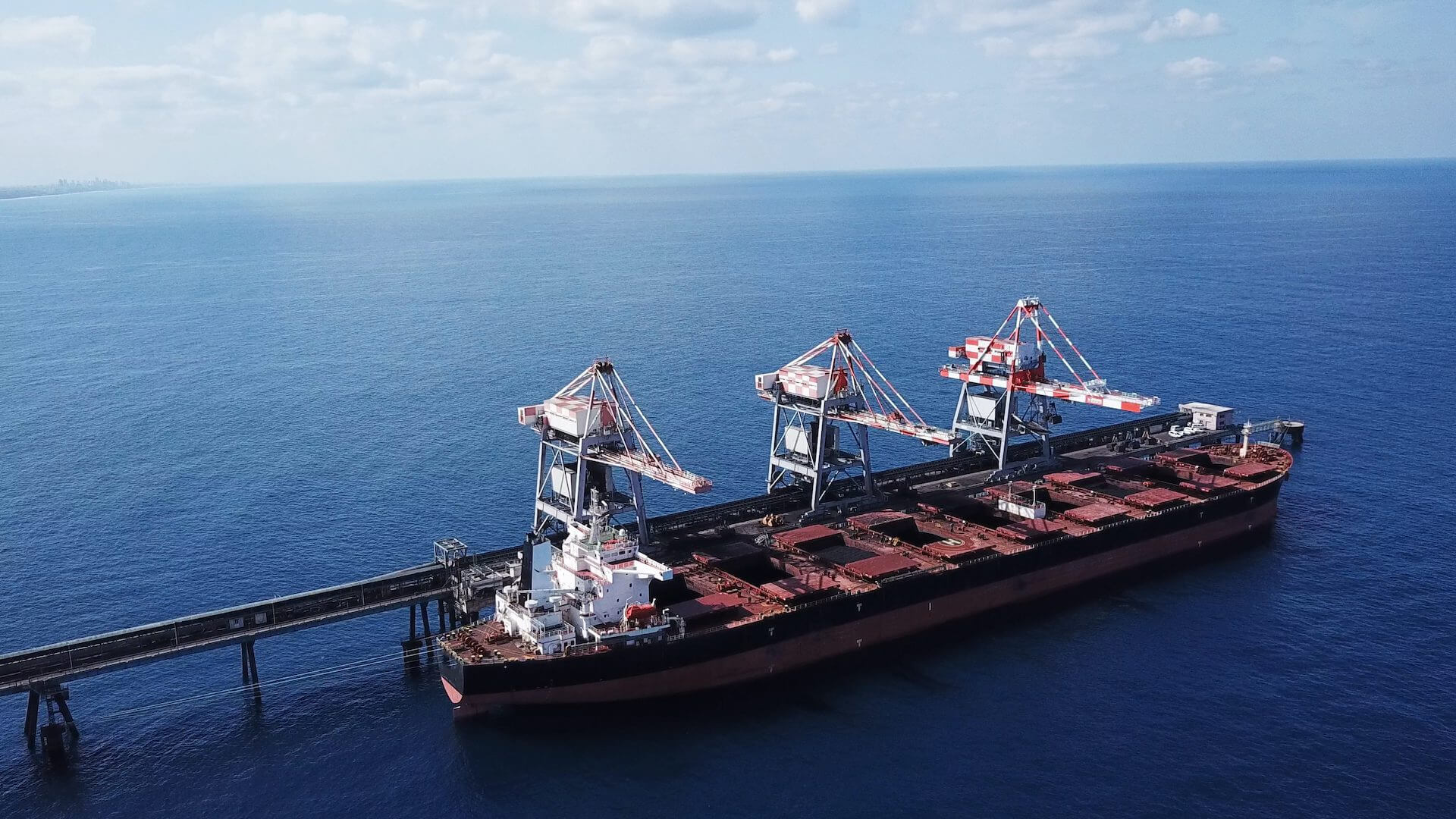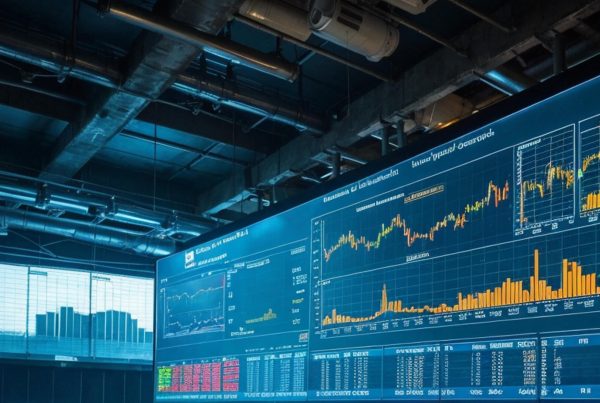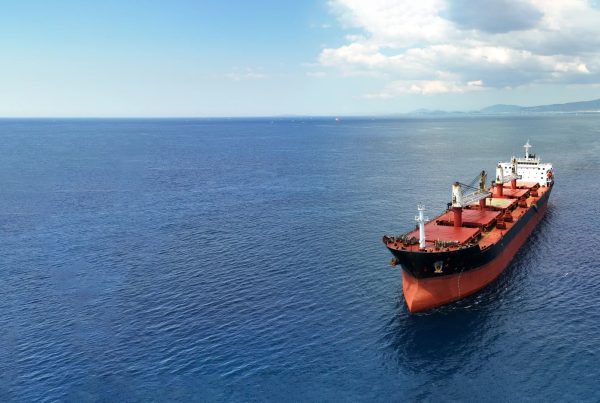Forecasting the trajectory of the Baltic Dry Index (BDI) for May 2024 requires a comprehensive analysis of multifaceted factors that influence dry bulk shipping rates globally. The BDI serves as a crucial barometer of the costs involved in shipping major raw materials by sea, capturing the rates charged for transporting key commodities like coal, iron ore, and grain. It is an indispensable tool for traders, shipping companies, and investors, providing insights into global supply and demand dynamics as well as broader economic health.
Current State of the Baltic Dry Index
As of recent observations, the Baltic Dry Index has experienced significant volatility, a reflection of the tumultuous global trade environment. Factors such as geopolitical tensions, fluctuating fuel prices, and varying demand for commodities have all played their parts in influencing the index. This volatility underscores the complexity of predicting the BDI’s movement, as it is swayed by an intricate interplay of supply chain adjustments, economic policies, and environmental considerations.
Economic Drivers Influencing the BDI in 2024
1. Global Economic Growth
Economic activity is a primary driver of the BDI. As economies grow, so does the demand for bulk commodities required to fuel expansion, from infrastructure projects demanding iron and cement to energy projects relying on coal and natural gas. Projections for global economic growth in 2024 are cautiously optimistic, with emerging markets expected to lead the way. However, potential economic headwinds could stem from unresolved trade disputes, notably between major economies such as the United States and China. The resolution or escalation of these disputes will significantly impact the index.
2. Commodity Prices and Demand
The prices and demand for major commodities are directly tied to the BDI. An anticipated increase in infrastructure spending in developing nations, particularly in Asia and Africa, could boost demand for iron ore and coal. Conversely, a shift towards renewable energy sources in European and North American markets might dampen coal demand, although this may be offset by increases in other regions.
3. Fleet Supply and Scrapping Rates
The supply of ships available to transport commodities affects the BDI. An oversupply of vessels can depress rates, while a shortage can lead to higher rates. Shipowners’ decisions on scrapping older ships or delaying new builds influence this balance. Environmental regulations, such as those targeting emissions, are prompting companies to consider newer, more efficient vessels, potentially reducing the overall fleet size and supporting higher freight rates.
4. Geopolitical Tensions and Trade Policies
Geopolitical events can disrupt shipping routes and affect shipping costs. For instance, tensions in the Strait of Hormuz can influence oil prices, thereby affecting the operating costs of vessels. Trade policies and tariffs can alter trade flows, influencing the demand for shipping and, consequently, the BDI.
5. Technological Advancements
Innovations in shipping technology, including fuel-efficient ships and automated processes, can reduce operating costs and impact the BDI. The adoption of these technologies depends on economic calculations by shipping companies, balancing the initial investment against long-term savings and regulatory compliance.

Predictive Analysis for May 2024
To forecast the BDI for May 2024, it is necessary to integrate these drivers into a coherent predictive model. Utilising economic forecasts, commodity market trends, fleet data, and geopolitical insights, one can construct scenarios to gauge potential outcomes:
Base Case Scenario
Assuming moderate global economic growth, continued recovery in commodity demand post-pandemic, and a balanced shipping fleet supply, the BDI might experience steady, albeit unspectacular, growth. This scenario presumes no significant escalation in geopolitical tensions and a gradual integration of green technologies in shipping.
Bullish Scenario
In a more optimistic outlook, sharper recoveries in major economies, coupled with substantial infrastructure investments and tight fleet supply due to aggressive scrapping and delays in new ship deliveries, could drive the BDI significantly higher. This would reflect robust demand outstripping supply.
Bearish Scenario
Conversely, a downturn triggered by economic stagnation, especially in China—the world’s largest commodity importer—or an escalation in trade wars, could lead to a sharp decline in the BDI. An oversupply of vessels would exacerbate this drop, as would a faster-than-expected shift to renewable energy reducing coal and oil shipments.
Conclusion
The Baltic Dry Index in May 2024 is poised at a critical juncture, influenced by a blend of recovering global demand and evolving supply chain dynamics. While the base case suggests a moderate improvement, the volatile nature of the factors involved means that stakeholders should prepare for scenarios that could deviate significantly from this path. By closely monitoring the leading indicators and adjusting to the dynamic economic landscape, investors and analysts can navigate the uncertainties that lie ahead.





